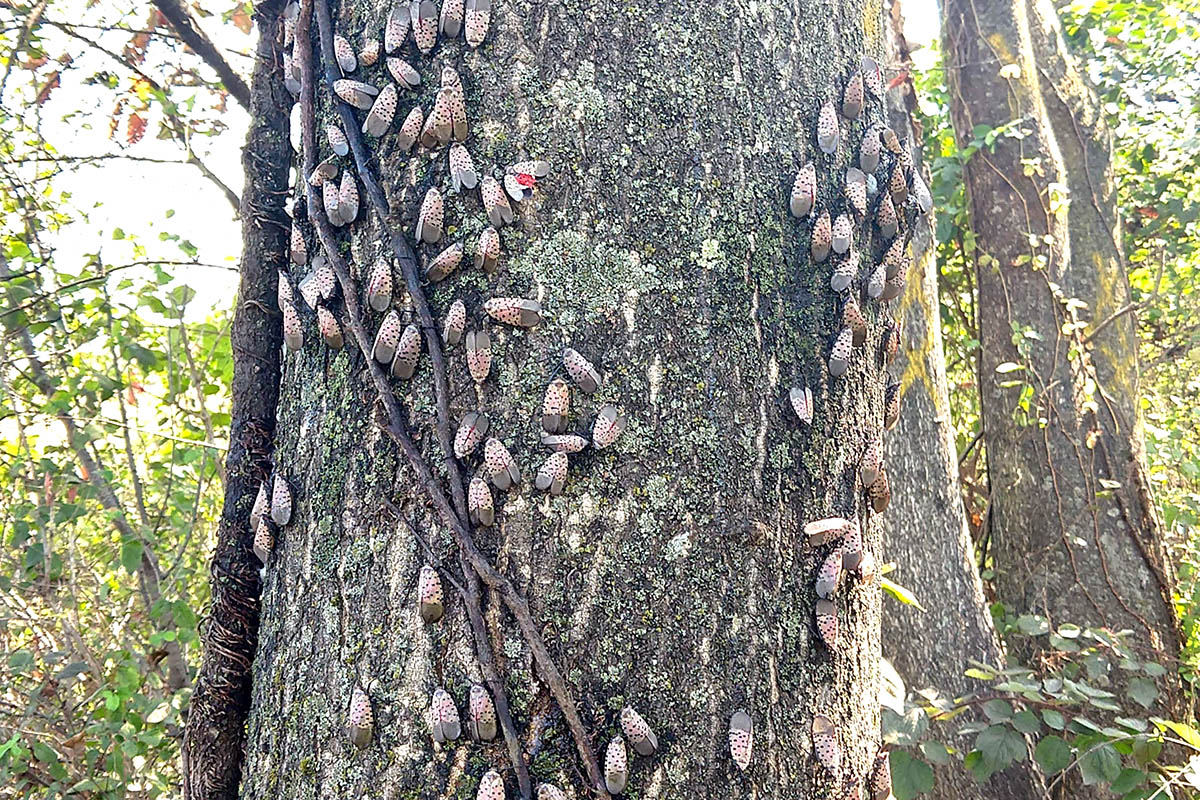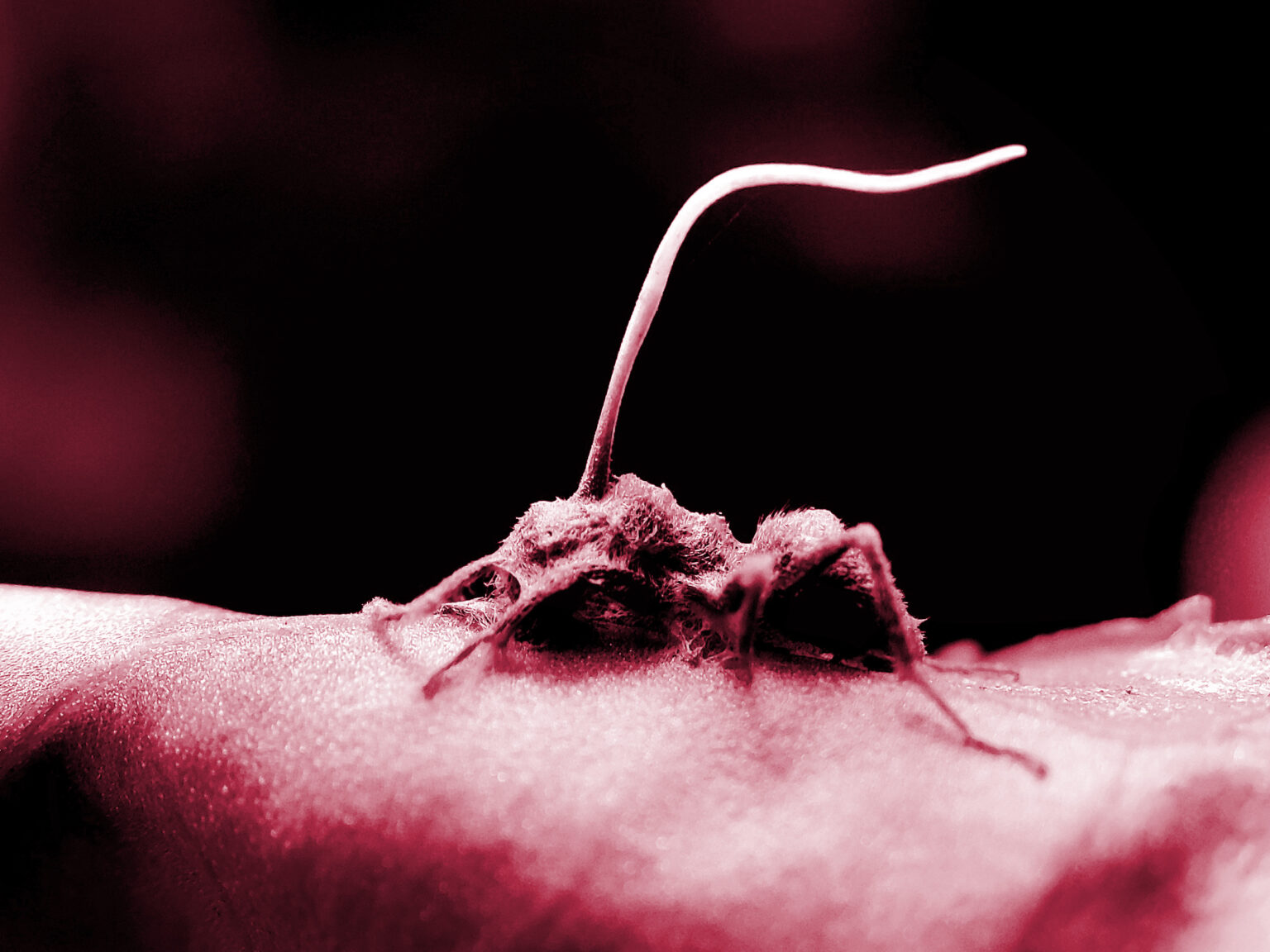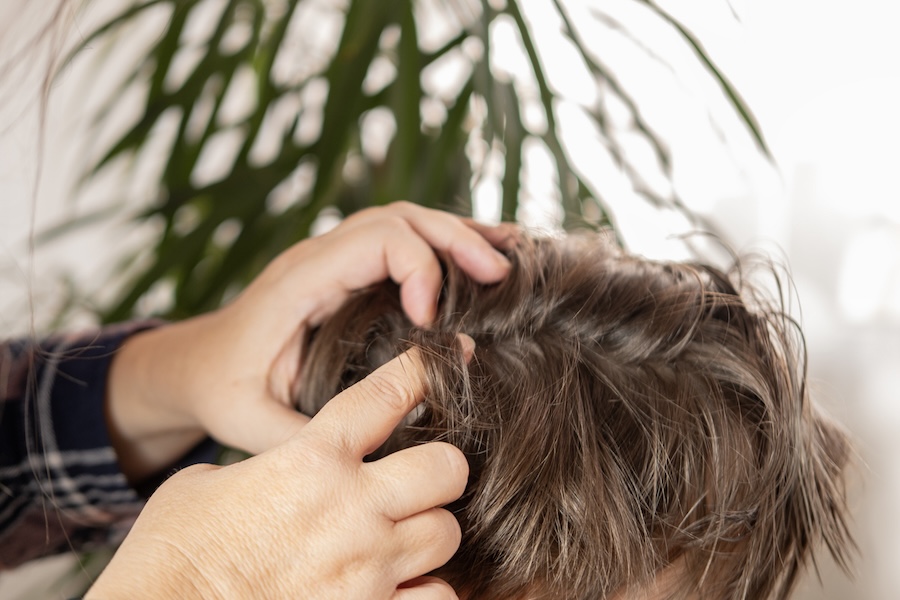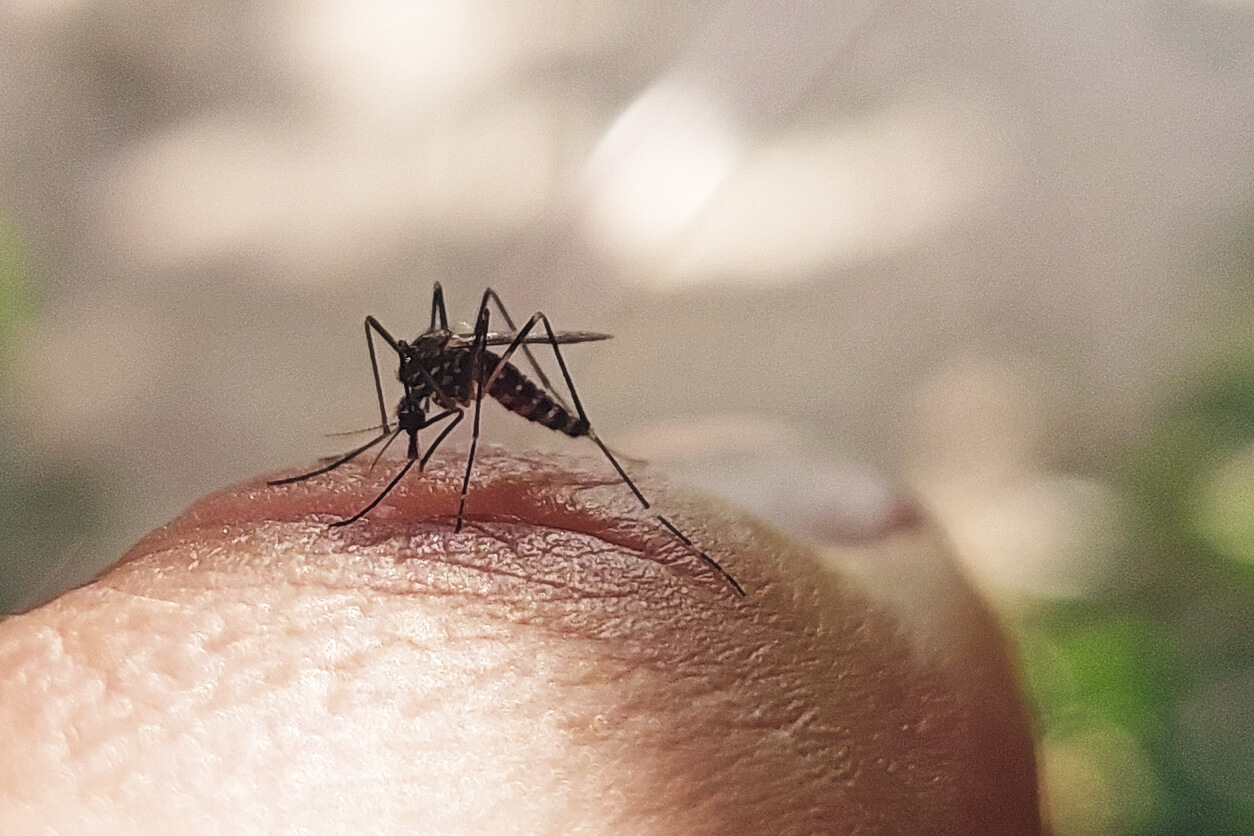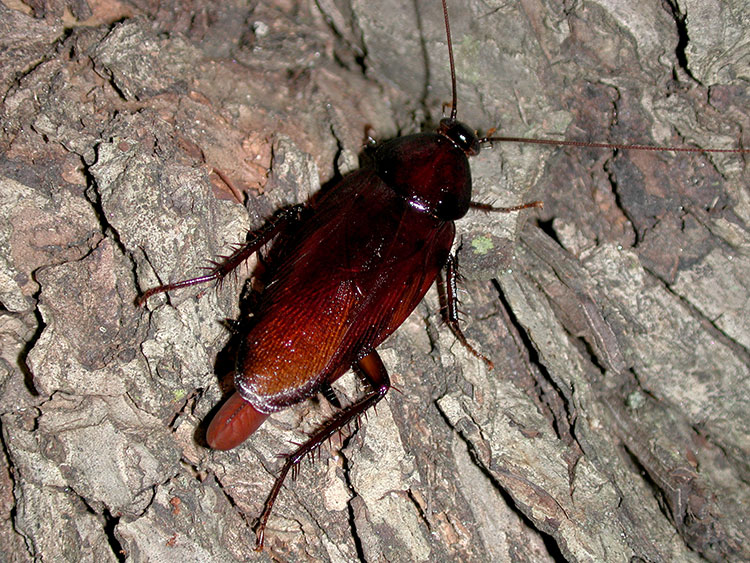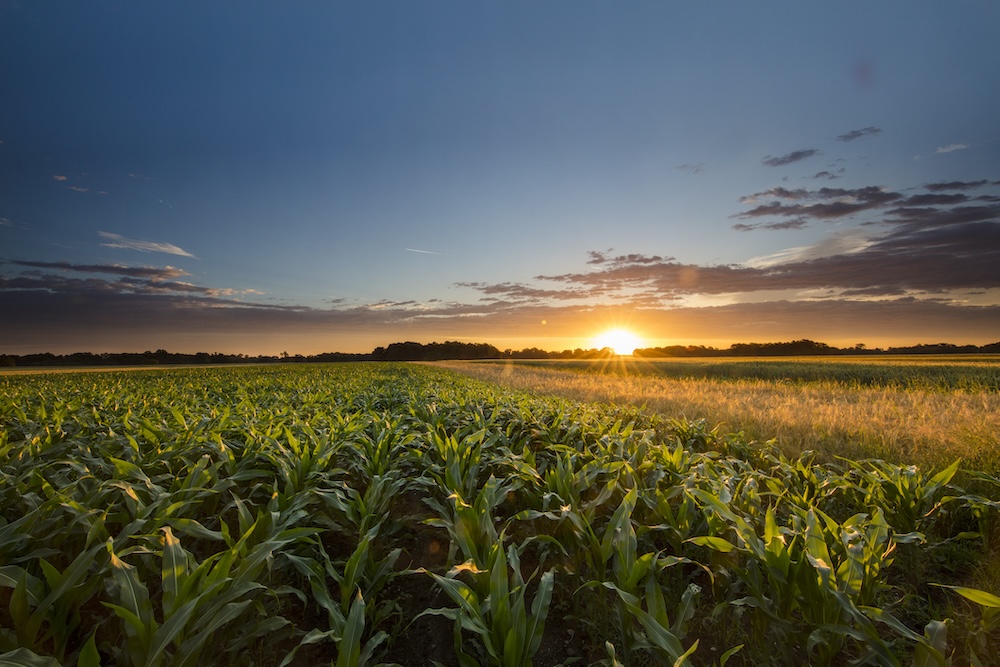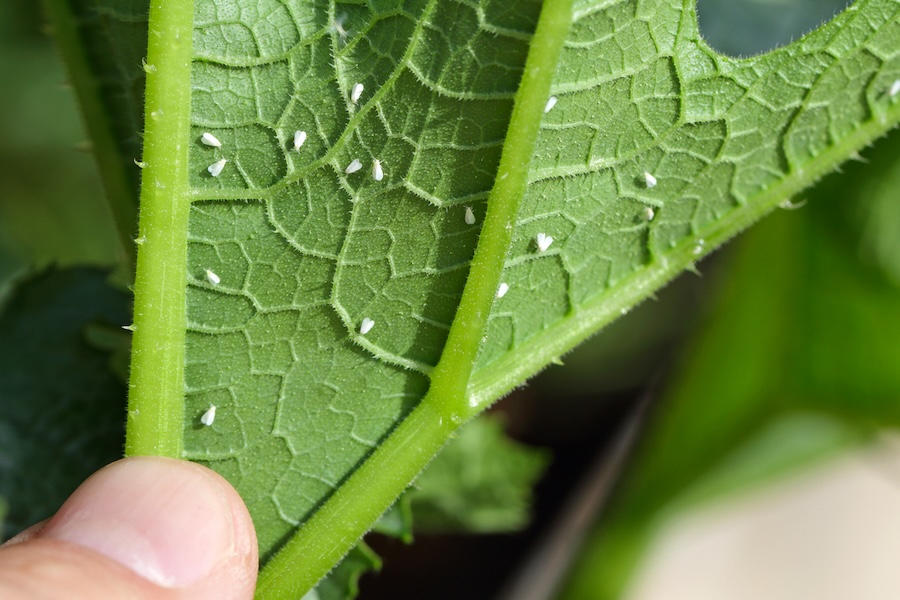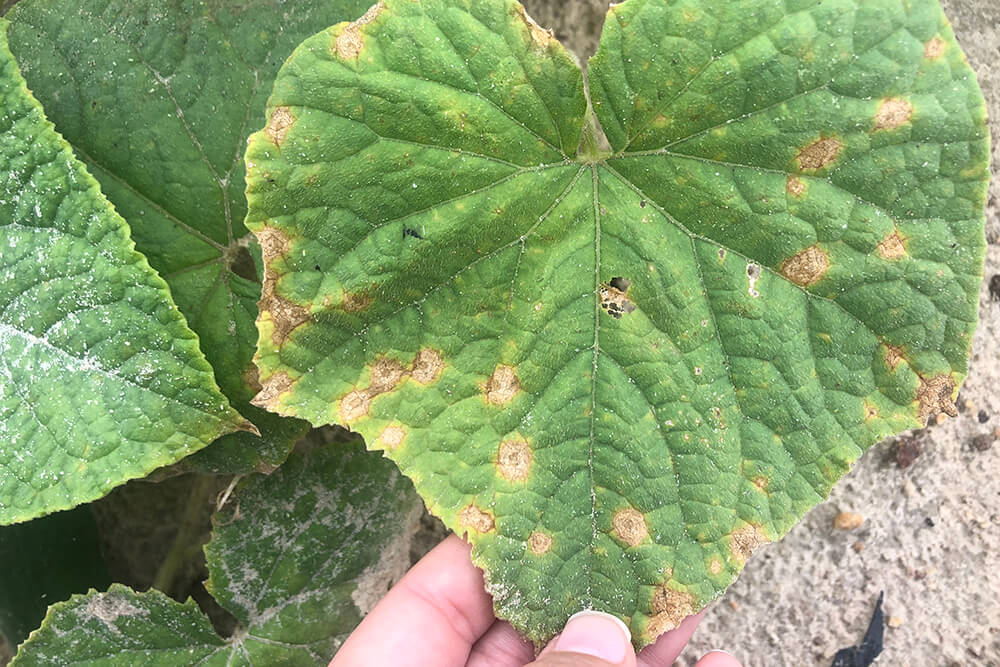 CAES News
CAES News
Vidalia AI
A multidisciplinary team of UGA researchers aims to enhance the competitiveness of Vidalia onion growers in Georgia by providing them with the ability to confidently detect onion diseases early, enabling them to make management decisions on their crop at a critical time. These abilities, researchers say, should result in increased yield and quality of marketable onions and an overall increase in efficiency and productivity.

